In the vast blue expanse of our oceans, a profound question has long captivated scientists and animal behaviorists alike: do dolphins possess self-awareness? While humans have historically considered themselves unique in this cognitive domain, groundbreaking research has begun to challenge this anthropocentric view. The mirror test, a classic experiment designed to assess self-recognition, has been adapted for marine environments, yielding fascinating insights into the minds of these intelligent cetaceans.
The traditional mirror test, developed by psychologist Gordon Gallup Jr. in 1970, involves marking an animal with a visible but odorless dye while it is anesthetized. Upon awakening, the animal is presented with a mirror. If it investigates the mark on its own body rather than treating the reflection as another individual, researchers conclude it recognizes itself. For decades, this test served as the gold standard for self-awareness, with only a handful of species—including great apes, elephants, and magpies—demonstrating this capability.
Adapting this terrestrial paradigm to an aquatic environment presented significant challenges. Dolphins, being marine mammals, cannot be anesthetized in the same way as land animals, nor can they easily be marked with temporary dyes that might wash off in water. Researchers had to innovate, developing non-toxic, water-resistant markers and employing underwater mirrors or reflective surfaces that could withstand ocean conditions. The pioneering work of Dr. Diana Reiss and her colleagues in the early 2000s marked a turning point, as they designed methodologies specifically tailored to dolphin physiology and behavior.
In these aquatic adaptations of the mirror test, dolphins were marked with harmless, temporary ink on parts of their bodies they could not normally see, such as their heads or dorsal fins. When introduced to a mirrored surface, many dolphins responded not by socializing with their reflection—as they might with another dolphin—but by twisting and turning to examine the marked areas. Some even used the mirror to inspect the inside of their mouths, a behavior never observed in their natural interactions. This suggested that they understood the reflection was not another individual but a representation of themselves.
Beyond mere mark investigation, dolphins exhibited behaviors that hinted at deeper cognitive processes. They engaged in repetitive movements, seemingly testing the correlation between their actions and the mirror image. Some individuals appeared to play with their reflections, performing acrobatics and observing the mirrored counterpart. These actions go beyond simple self-recognition; they imply an exploratory curiosity about the self, a quality once thought to be exclusively human.
The implications of these findings are profound. If dolphins can recognize themselves in a mirror, they likely possess a level of self-awareness that includes an understanding of their own existence as distinct entities. This cognitive ability is closely linked to other advanced mental faculties, such as empathy, theory of mind, and the capacity for introspection. For social animals like dolphins, whose survival depends on complex group dynamics and communication, self-awareness may play a crucial role in navigating their intricate social worlds.
Critics, however, urge caution. They argue that the mirror test may be biased toward species that rely heavily on vision, potentially underestimating the self-awareness of animals that depend on other senses. Dolphins, for instance, use echolocation as their primary means of perceiving the world. Could a test designed around visual self-recognition fully capture their cognitive capacities? Some researchers propose alternative methods, such as testing self-recognition through auditory or tactile cues, though these approaches are still in their infancy.
Despite these debates, the mirror test experiments have undeniably expanded our understanding of dolphin intelligence. They challenge us to reconsider the boundaries of consciousness and selfhood in the animal kingdom. As we continue to explore the minds of these remarkable creatures, we are compelled to reflect on our ethical responsibilities toward them. If dolphins are indeed self-aware, what does that mean for their treatment in captivity, their conservation in the wild, and our broader relationship with the natural world?
Future research aims to delve deeper into the neural mechanisms underlying dolphin self-awareness. Advances in neuroimaging technology may soon allow scientists to observe brain activity in response to self-recognition tasks, providing a more objective measure of this elusive trait. Concurrently, longitudinal studies tracking individual dolphins over time could reveal how self-awareness develops and evolves throughout their lives, offering insights into the ontogeny of consciousness.
The journey to comprehend dolphin self-awareness is far from over. Each experiment peels back another layer of mystery, revealing glimpses into the rich inner lives of these ocean dwellers. As we stand on the brink of new discoveries, one thing becomes increasingly clear: the mirror test, in its marine incarnation, is not just a tool for assessing animal cognition—it is a window into the soul of another species, inviting us to see ourselves reflected in the depths of the sea.

By /Aug 21, 2025

By /Aug 21, 2025

By /Aug 21, 2025

By /Aug 21, 2025

By /Aug 21, 2025
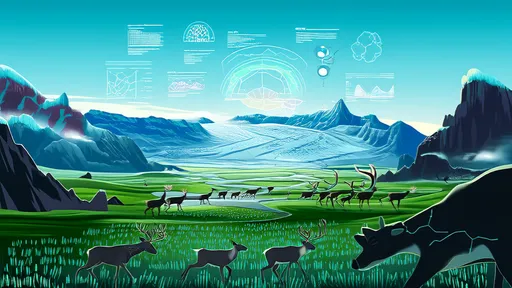
By /Aug 21, 2025
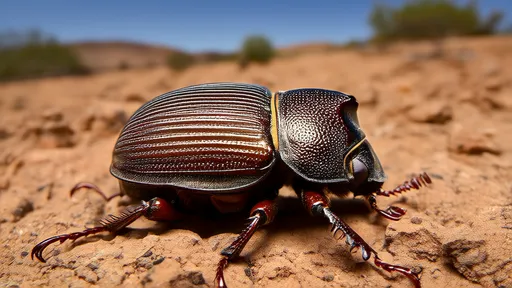
By /Aug 21, 2025

By /Aug 21, 2025
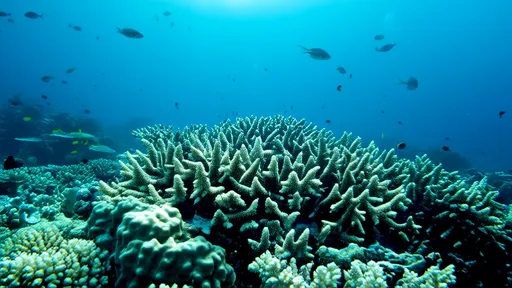
By /Aug 21, 2025

By /Aug 21, 2025

By /Aug 21, 2025
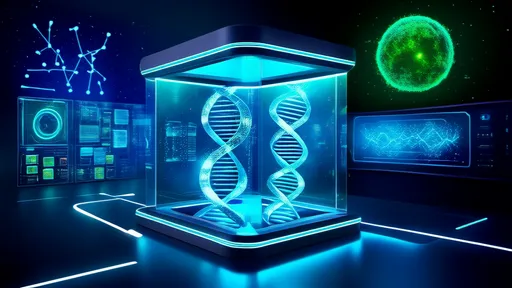
By /Aug 21, 2025

By /Aug 21, 2025

By /Aug 21, 2025
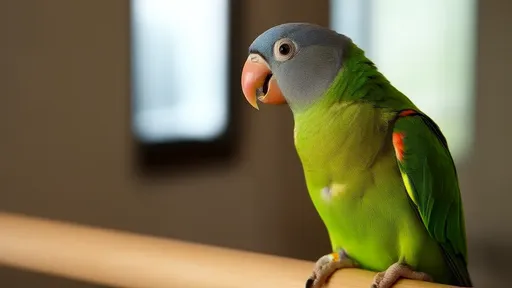
By /Aug 21, 2025

By /Aug 21, 2025

By /Aug 21, 2025
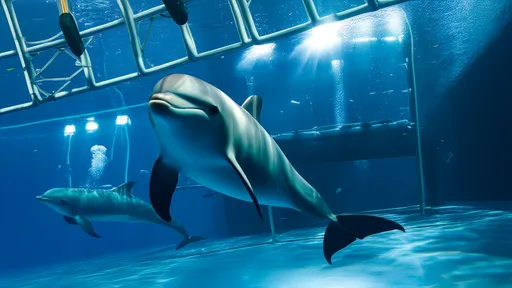
By /Aug 21, 2025

By /Aug 21, 2025

By /Aug 21, 2025